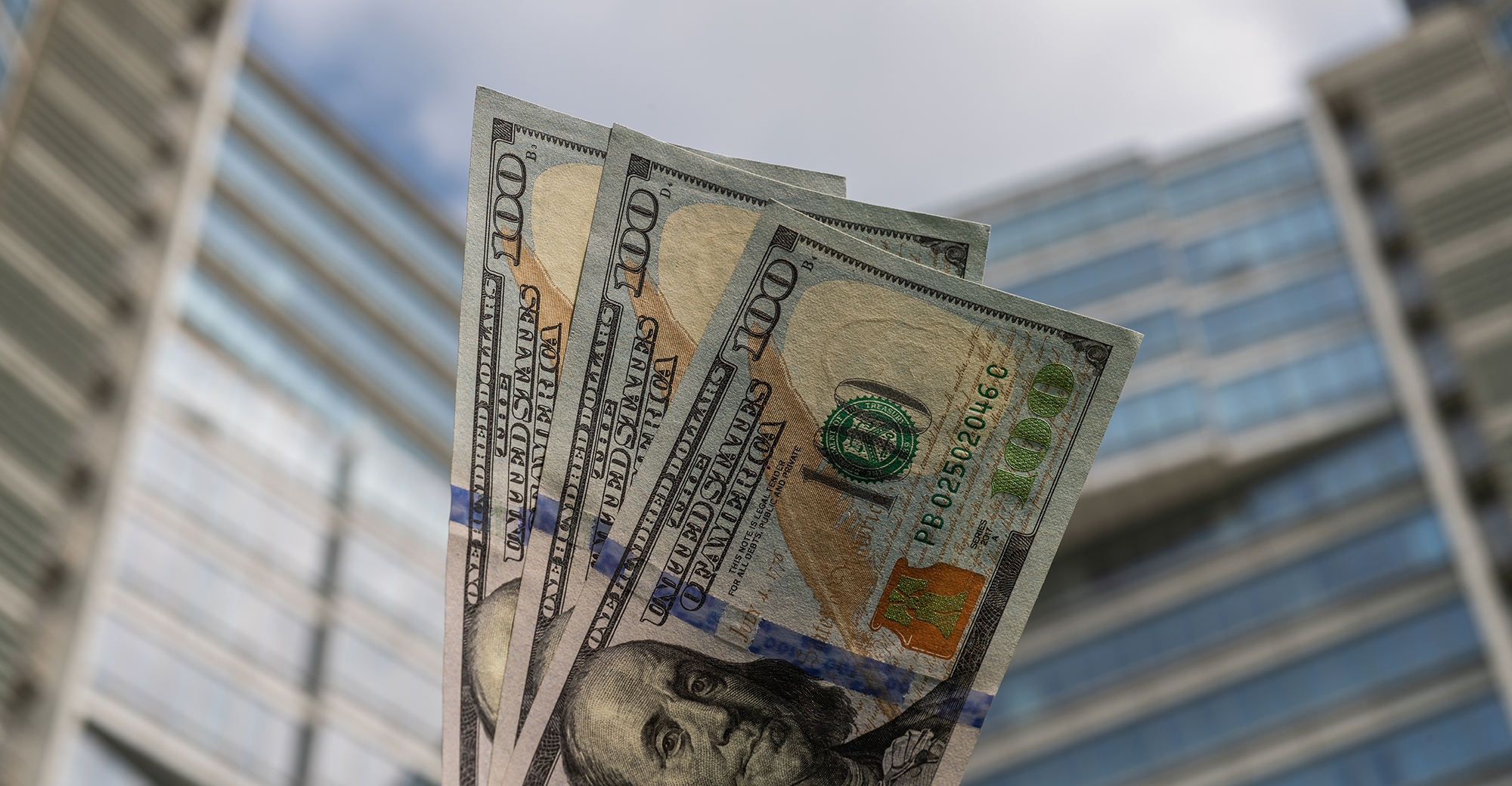High interest rates are stressful. But don’t expect rising interest rates to break the bank for many apartment investors, even as some are forced to refinance low-interest loans with new interest-rate debt. high, according to economists.
“I don’t think there will be a ton of defaults,” says Dave Borsos, vice president of financial markets for the Washington DC-based National Multifamily Housing Council.
Interest rates are now at their highest in years and are likely to rise a bit as the feds try to rein in rising prices by making borrowing more expensive.
This is already working in the apartment sector. Investors are much less likely to buy new apartments as buyers and sellers argue over what cap rates should be with higher interest rates.
“Higher rates reduce the amount of leverage a property can sustain and thus reduce the return on investment for owners,” says Kelli Carhart, head of multifamily debt production for CBRE, working in the offices. company in Austin, Texas. “While not a 1:1 ratio, cap rates go up and values go down over time with higher commercial mortgage rates.”
Federal Reserve officials raised their target for the short-term federal funds rate by an additional 75 basis points at their September 2022 meeting, to a range of 3.25% to 3.0%. It went from near zero during the coronavirus pandemic. And the Fed is not done yet – bond investors betting on another 75 basis point rate hike in November.
“The (Federal Open Market) Committee has said policy rates will rise further,” Fed Vice Chairman Lael Brainard said on Oct. 10. in a prepared statement. But “we will also learn as we go and this assessment will reflect incoming data.”
Interest rates will continue to rise until Federal Reserve officials like Brainard believe the pace of inflation has slowed enough. But the most recent monthly results still showed a year-on-year inflation rate north of eight percent. “The Fed is primarily concerned with controlling inflation,” says Carhart. “While a global or domestic disruption event could alter the course of the hikes, the Fed is currently committed to its position to continue the course of the hikes through 2022 to the tune of 150 basis points.”
Fed officials have already turned the interest rates paid by investors into flats.
Most long-term fixed interest rates are based on the benchmark US Treasury yield, which rose to 3.83% for 10-year bonds on Thursday, October 6, down slightly from the 3 .97% a few days earlier. That’s the highest benchmark rate since 2008, and up from well under 1.0% for most of 2020.
As a result, interest rates paid by many apartment investors for new fixed rate loans are now above 5% for the first time in years.
“The last time the average 10-year fixed mortgage was north of 5% was 10 years ago,” says CBRE’s Carhart. “Although historically speaking, the current rate environment is not blatant. We have benefited from historically low rates.
The good news for investors is that we may be nearing the end of interest rate hikes with some signals that inflation may be about to ease with leading indicators such as shipping costs and commodity prices falling in recent weeks.
“The consensus among economists is that the 10-year will stabilize closer to 3%,” says Carhart. “With a recession likely in the first quarter of 2023, investors are looking for safety in the 10-year in the event of a downturn…This is traditional behavior. If these forecasts hold, all-in coupon interest rates for apartments will approach 5%.
Refinancing can sometimes be difficult
Investors face the greatest challenges if they need to refinance loans with floating interest rates. “In the worst case scenario, a variable rate loan matures, but the property is unable to take on permanent long-term debt and must take out a new variable rate loan,” says Borsos.
Several major national banks have reduced lending to commercial real estate. Private equity funds that once filled the void for properties in need of finance have also been much less able to provide loans.
“Loan funds are now prohibitively expensive. Now, all-in interest rates are typically around 9% for a loan fund,” says NMHC’s Borsos.
Investors face much less difficulty if they have to replace a permanent loan with new fixed rate financing. Older loans probably have fixed interest rates similar to those of today. “Five, six or seven years ago, interest rates were probably at the same level as they are now,” Borsos says.
Properties that for one reason or another need to refinance a newer loan with a fixed interest rate are more likely to face an increase in their interest rates. But these newer loans are also likely to have lower leverage. “In the past few years, people haven’t exploited their properties,” says Borsos. In the past, properties that had fallen behind in their loan repayments often had highly leveraged loans that covered 85% or 90% of the property value. “Most of my members have taken out 55% loans,” Borsos explains. “There’s a lot of fairness in that.”
Even if rates rise much more than expected in the fight against inflation, investment in apartments would likely survive, Borsos says. Investors are likely to pull back and wait for capital markets to return to normal, he says.
“If interest rates reach 9%, things will stop,” Borsos says. “But people wouldn’t think the rates are going to stay there.”
The good performance of multi-family properties is also likely to maintain investors’ commitment to their apartments.
“Underlying multi-family fundamentals are still strong and returns have been excellent. Housing is still undersupplied and the cost of ownership relative to rent has never been higher,” says CBRE’s Carhart. “While we may see a temporary pause, as soon as market stability returns investors will feel comfortable deploying capital into one of the best inflation hedging asset classes.”

